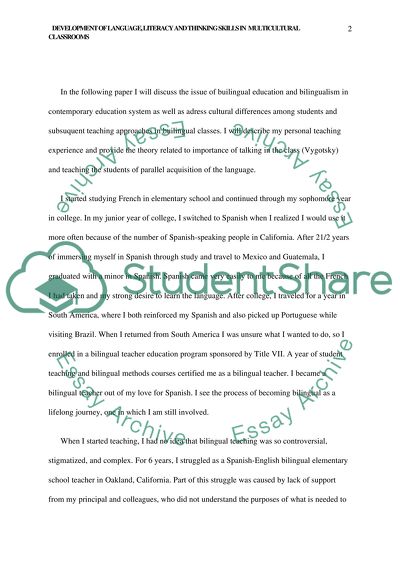Cite this document
(“Cultural Diversity and Language Education Assignment”, n.d.)
Cultural Diversity and Language Education Assignment. Retrieved from https://studentshare.org/education/1514703-cultural-diversity-and-language-education
Cultural Diversity and Language Education Assignment. Retrieved from https://studentshare.org/education/1514703-cultural-diversity-and-language-education
(Cultural Diversity and Language Education Assignment)
Cultural Diversity and Language Education Assignment. https://studentshare.org/education/1514703-cultural-diversity-and-language-education.
Cultural Diversity and Language Education Assignment. https://studentshare.org/education/1514703-cultural-diversity-and-language-education.
“Cultural Diversity and Language Education Assignment”, n.d. https://studentshare.org/education/1514703-cultural-diversity-and-language-education.


